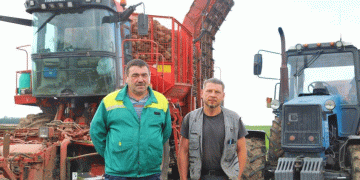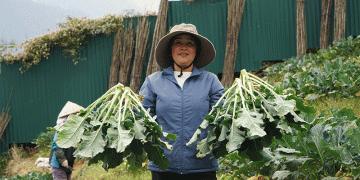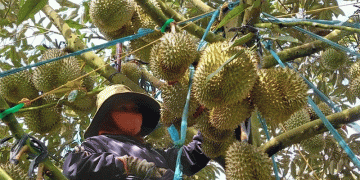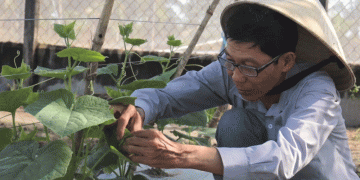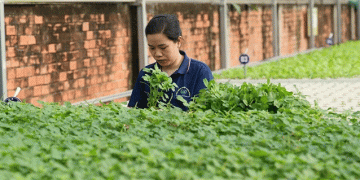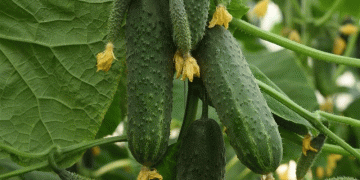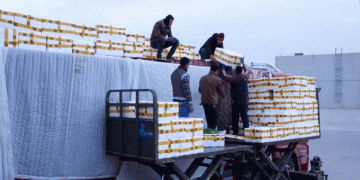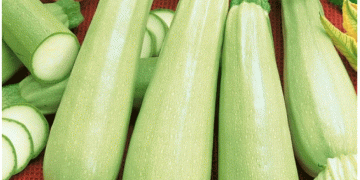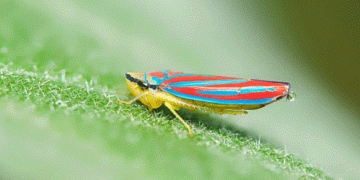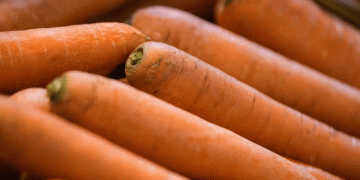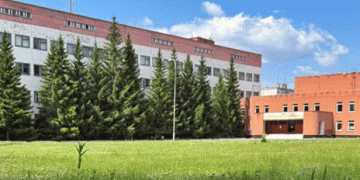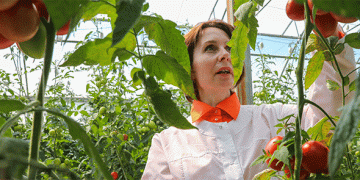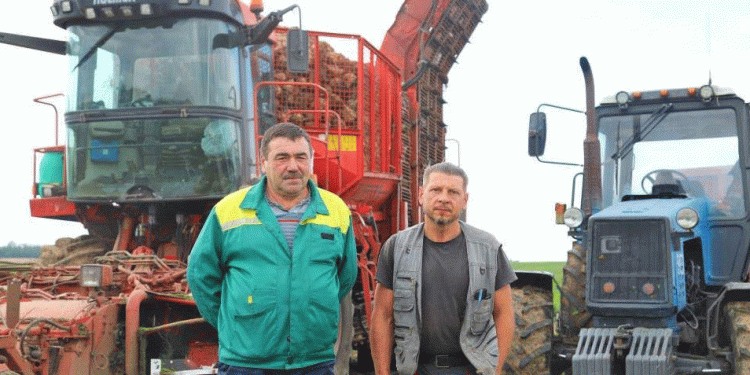With the early start of the 2025 harvest campaign on August 22nd—a full week earlier than 2024—Belarus’s sugar industry is poised for a potentially record-breaking season. The national goal is audacious: to surpass the elusive 5 million ton mark and reach 5.1 million tons of sugar beet. This target comes after the 2024 harvest fell just 49,000 tons short, with a final tally of 4.951 million tons after processing adjustments. Achieving this objective hinges on maximizing yield across 107.2 thousand hectares and leveraging the additional 3.4 thousand hectares brought into production this year.
The Agronomic Equation: Yield, Area, and Climate Resilience
The foundation of this ambition is a calculated agronomic strategy. The 2024 yield of 474 centners per hectare (47.4 t/ha) was already among the highest in global beet production. Maintaining this yield on the newly expanded area would theoretically add ~161,000 tons, more than covering the 149,000-ton increase needed to hit the 2025 target.
However, this season has tested crop resilience. A cold spring with frost events threatened early development. Yet, favorable summer conditions—characterized by warm temperatures and abundant rainfall—enabled strong compensatory growth and mass accumulation. This underscores a critical trend noted in recent agronomic studies: modern beet varieties, when managed well, can demonstrate remarkable recovery from early-season abiotic stresses. The reported average sugar content of 15% at the Skidelsky processing plant indicates that good mass accumulation did not come at the expense of key quality parameters, a testament to effective nutrient and water management.
The Industrial Backbone: Processing, Export, and Value Addition
A massive harvest is only valuable if it can be efficiently processed. Belarus’s four sugar factories are the engine of the industry’s profitability. The Skidelsky Sugar Kombinat alone plans to process 1.1 million tons this season, up from 1.08 million in 2024. This push for volume is supported by significant technical modernization.
The industry is moving beyond raw sugar production to capture more value through deep processing. A key development from the 2024 season was the technical upgrade of pulp dryers to produce export-oriented dried molassed pulp. This high-value feed ingredient opens new revenue streams and improves the overall economics of sugar production. This aligns with global trends where leading sugar producers derive significant profitability from co-product valorization. The export of ~300,000 tons of sugar from the 2024 crop (from a total production of 663,000 tons) demonstrates a strong reliance on foreign markets, making processing efficiency and product quality paramount for international competitiveness.
Belarus’s drive for a 5.1 million ton sugar beet harvest in 2025 is a multifaceted endeavor. It is not merely a question of agronomic output but a test of the entire value chain’s integration—from field-level decisions to expand area and manage climate risks, to industrial upgrades that maximize value from every ton of beet processed. The early start to the harvest is a positive indicator, allowing for an extended processing window that helps preserve sucrose content. While the ambitious yield must be maintained on a larger area, the combination of expanded hectares, sustained high sugar content, and increased processing capacity provides a realistic pathway to achieving the historic target. Success will solidify Belarus’s position as a major, efficient, and value-added player in the global sugar market.
